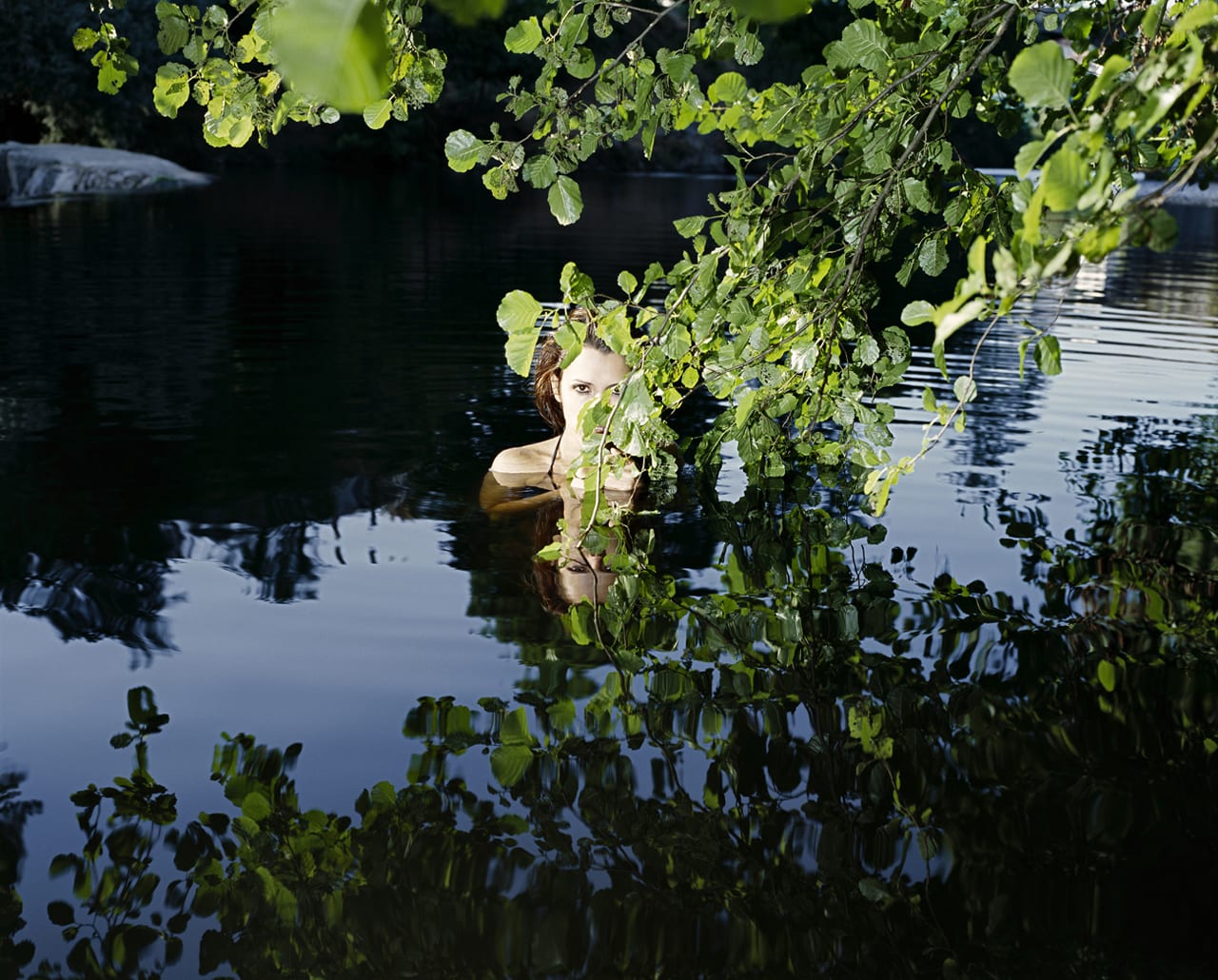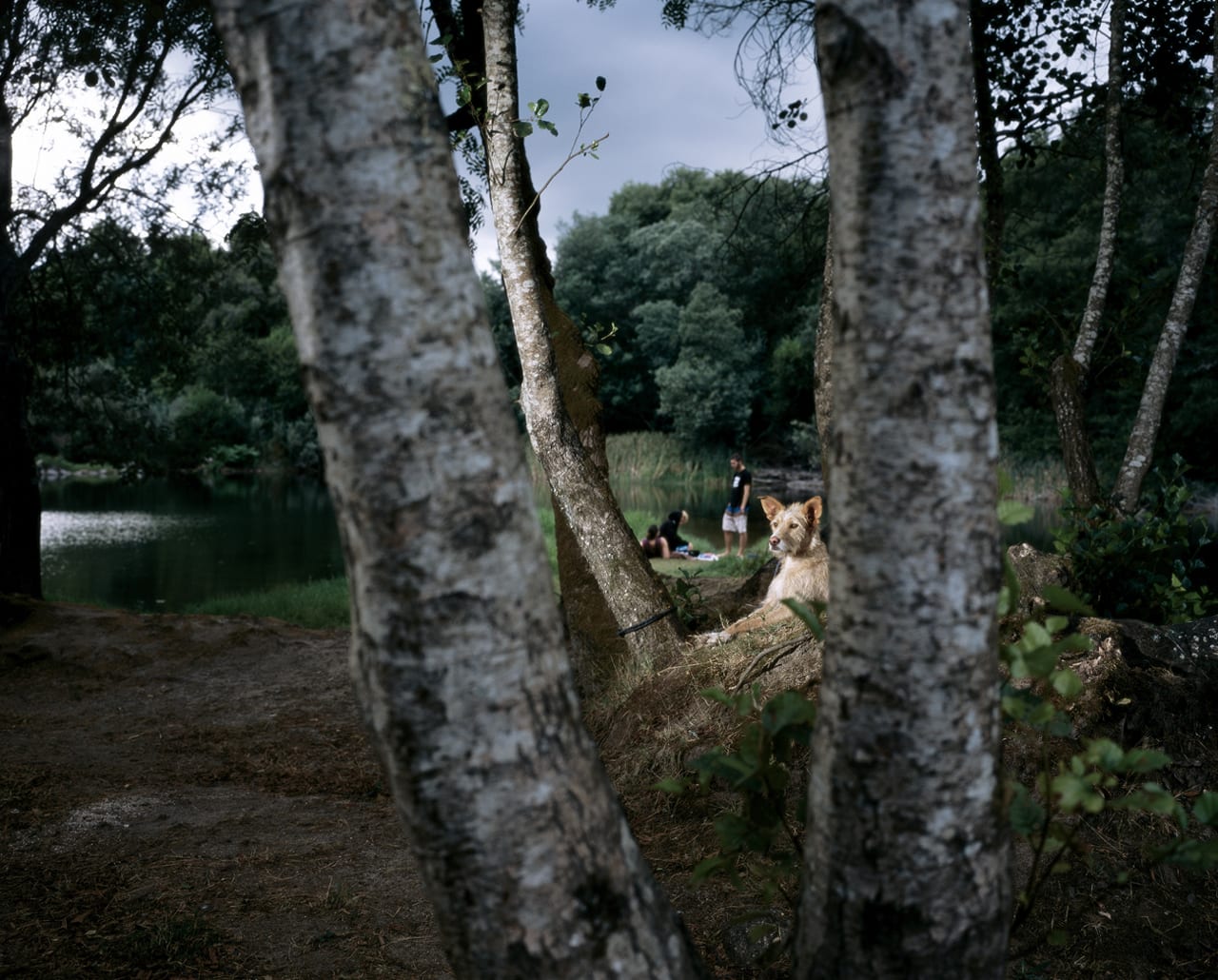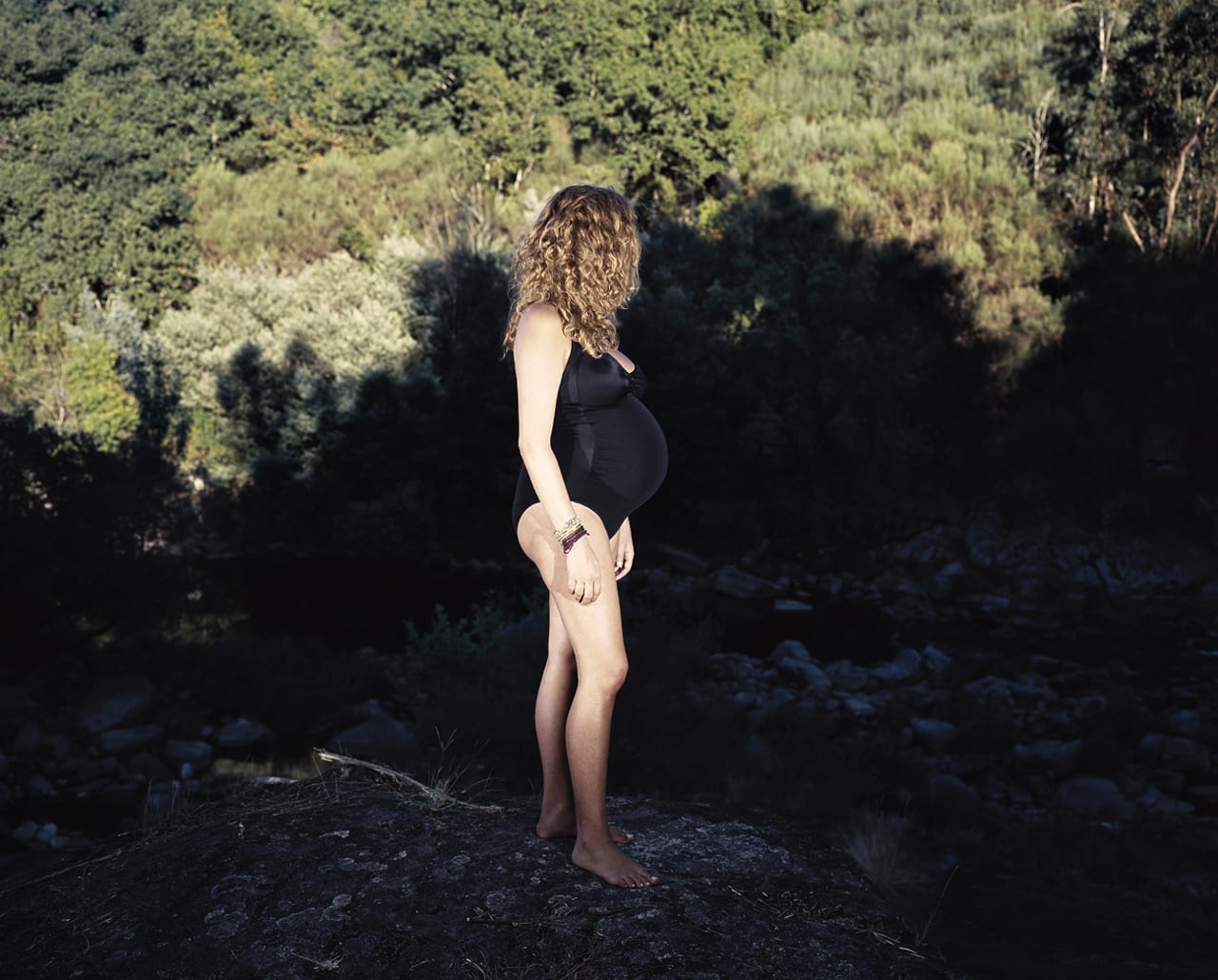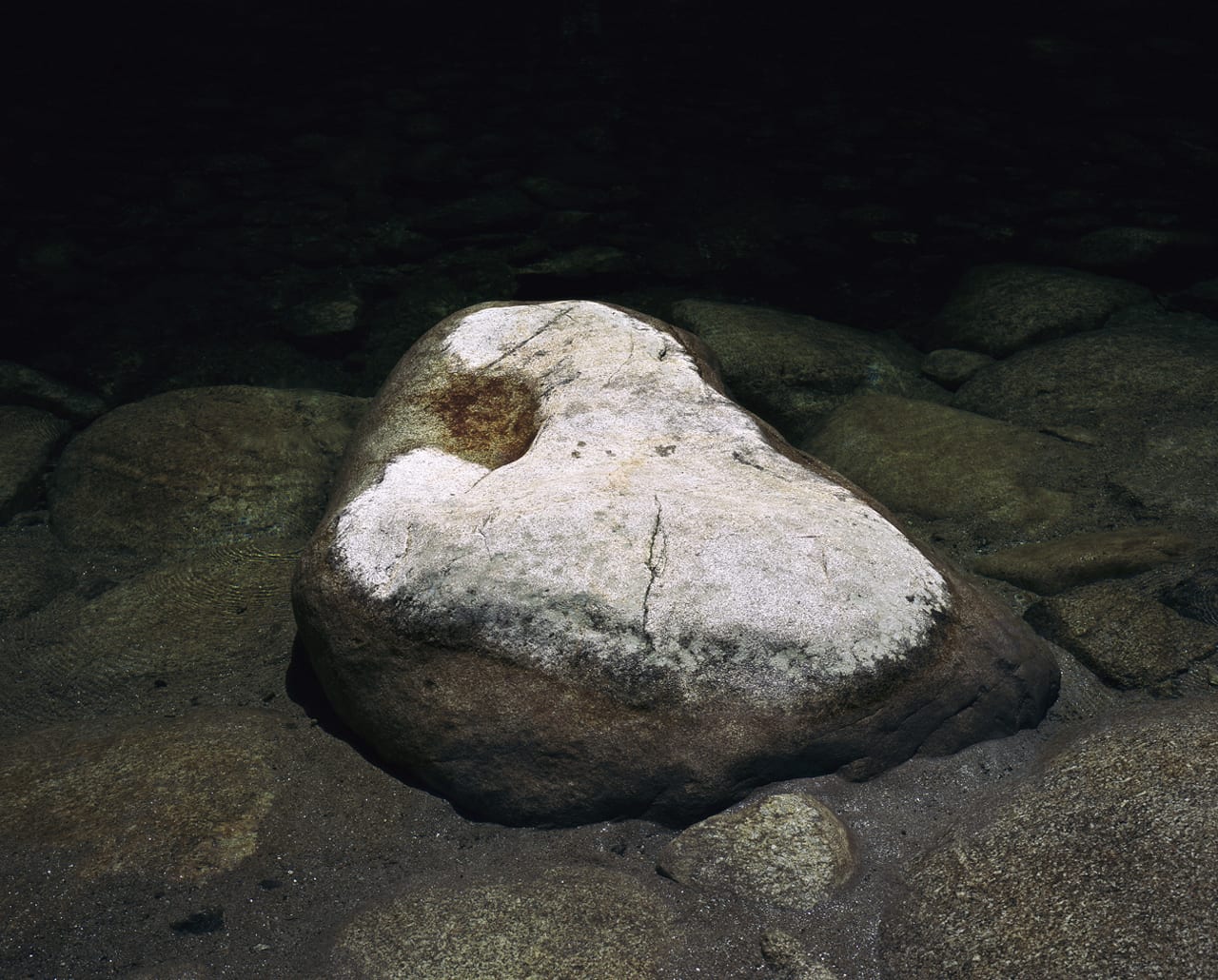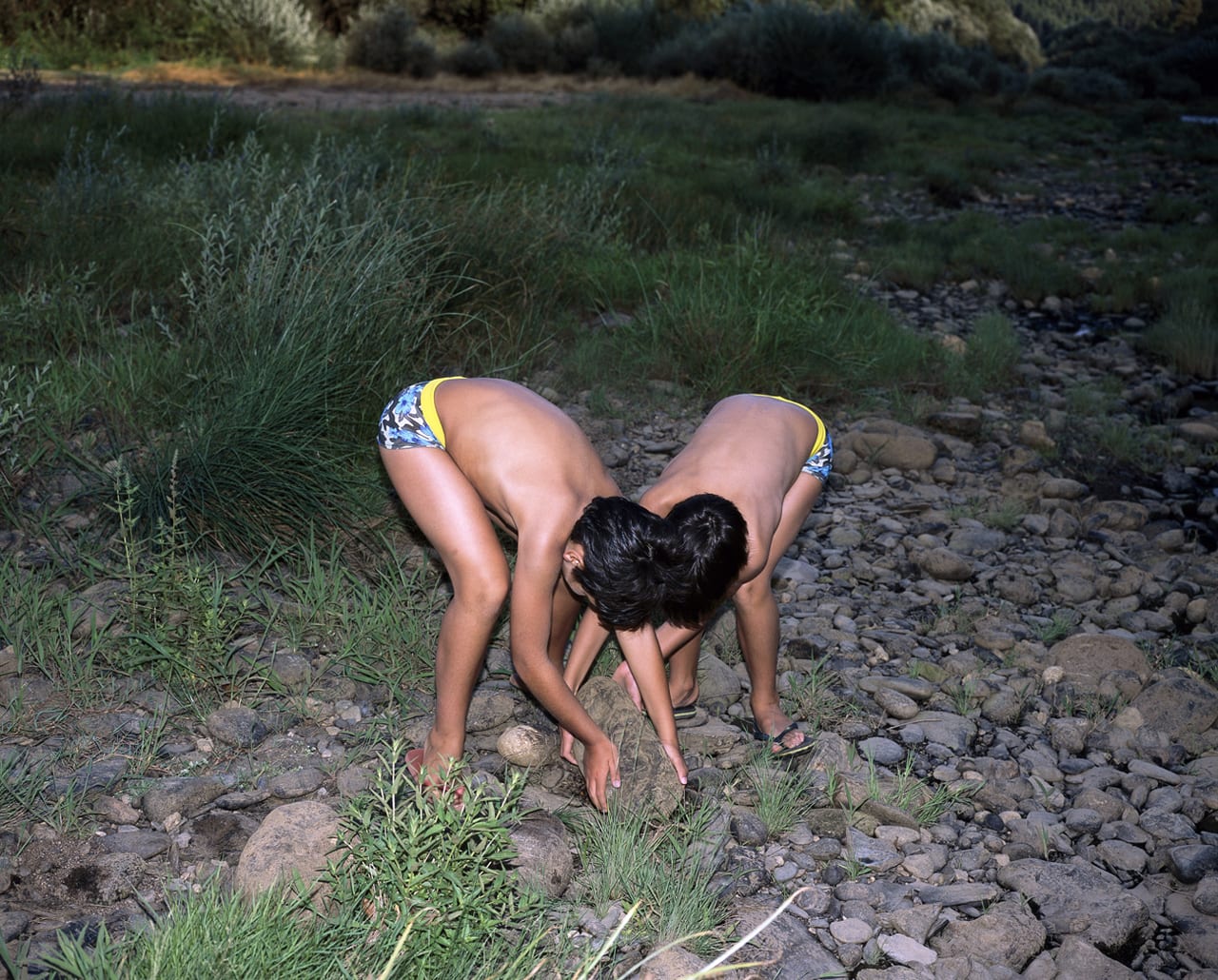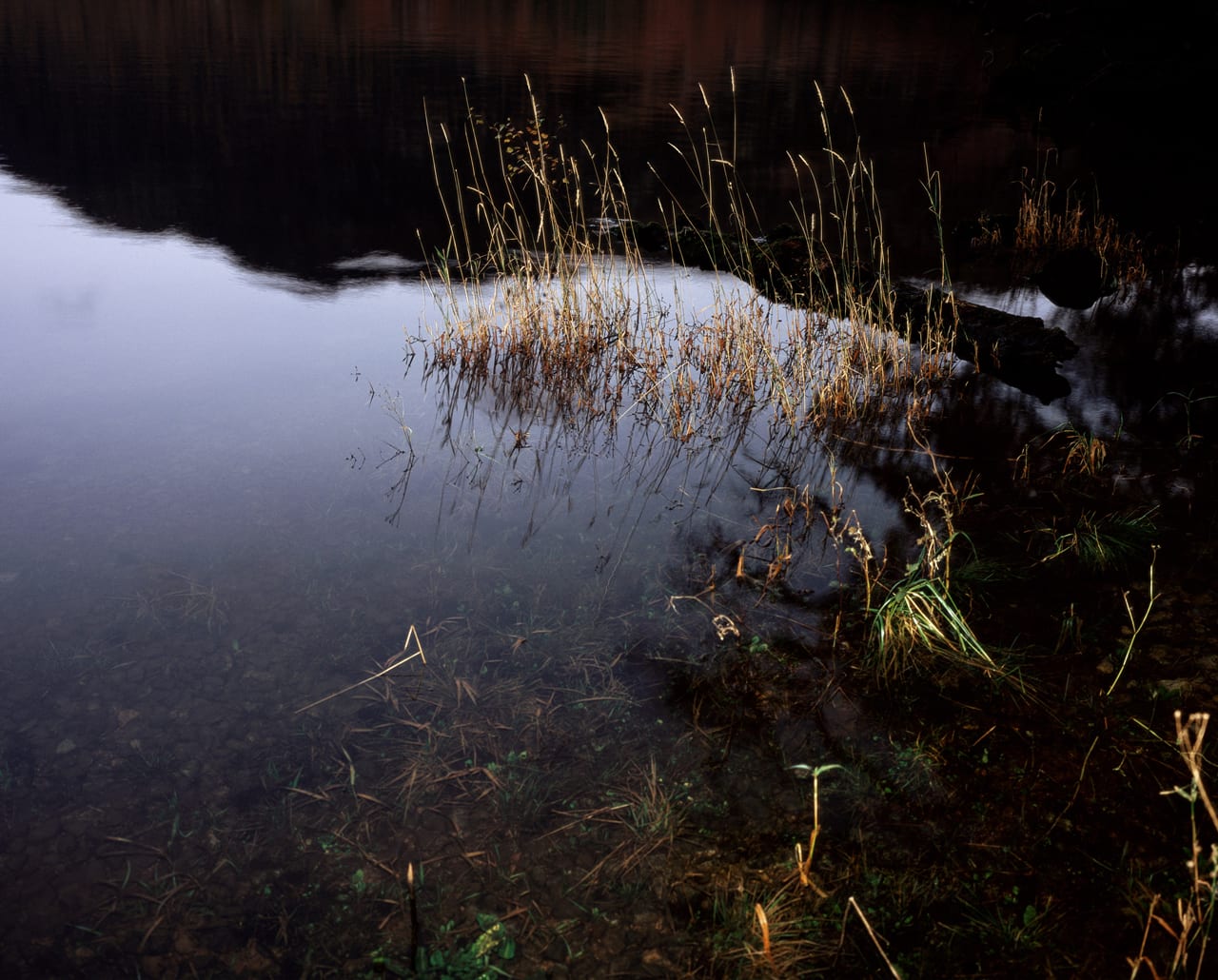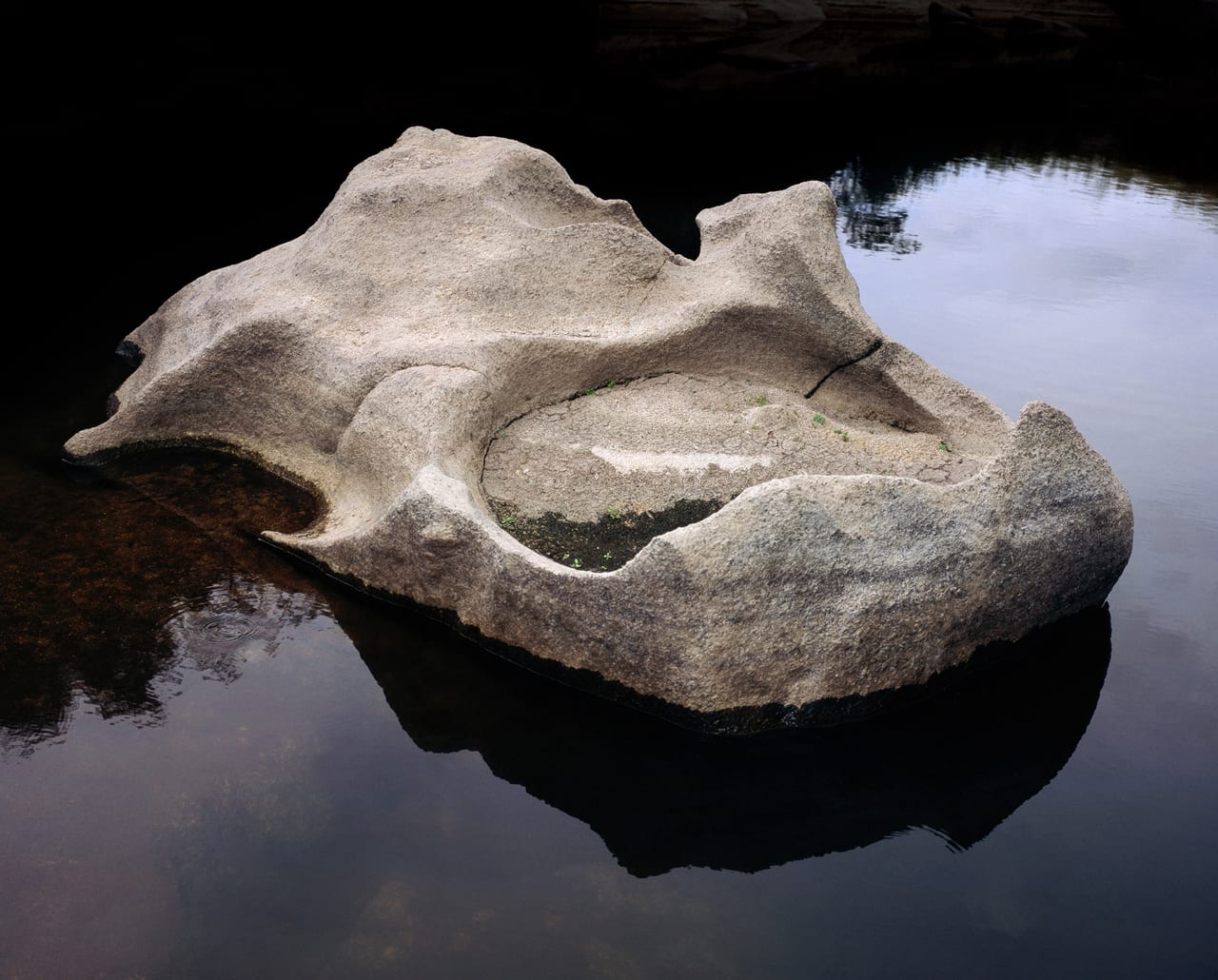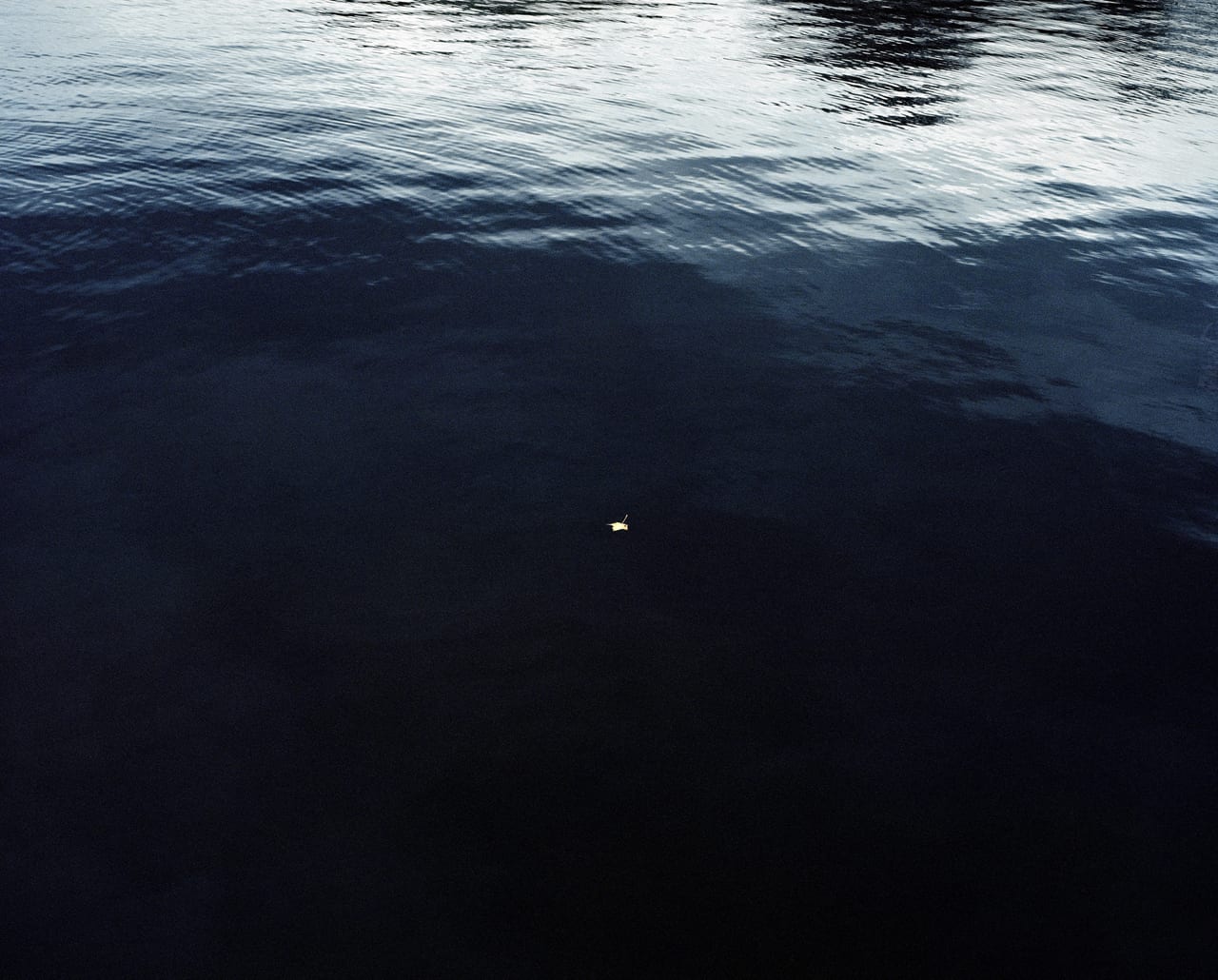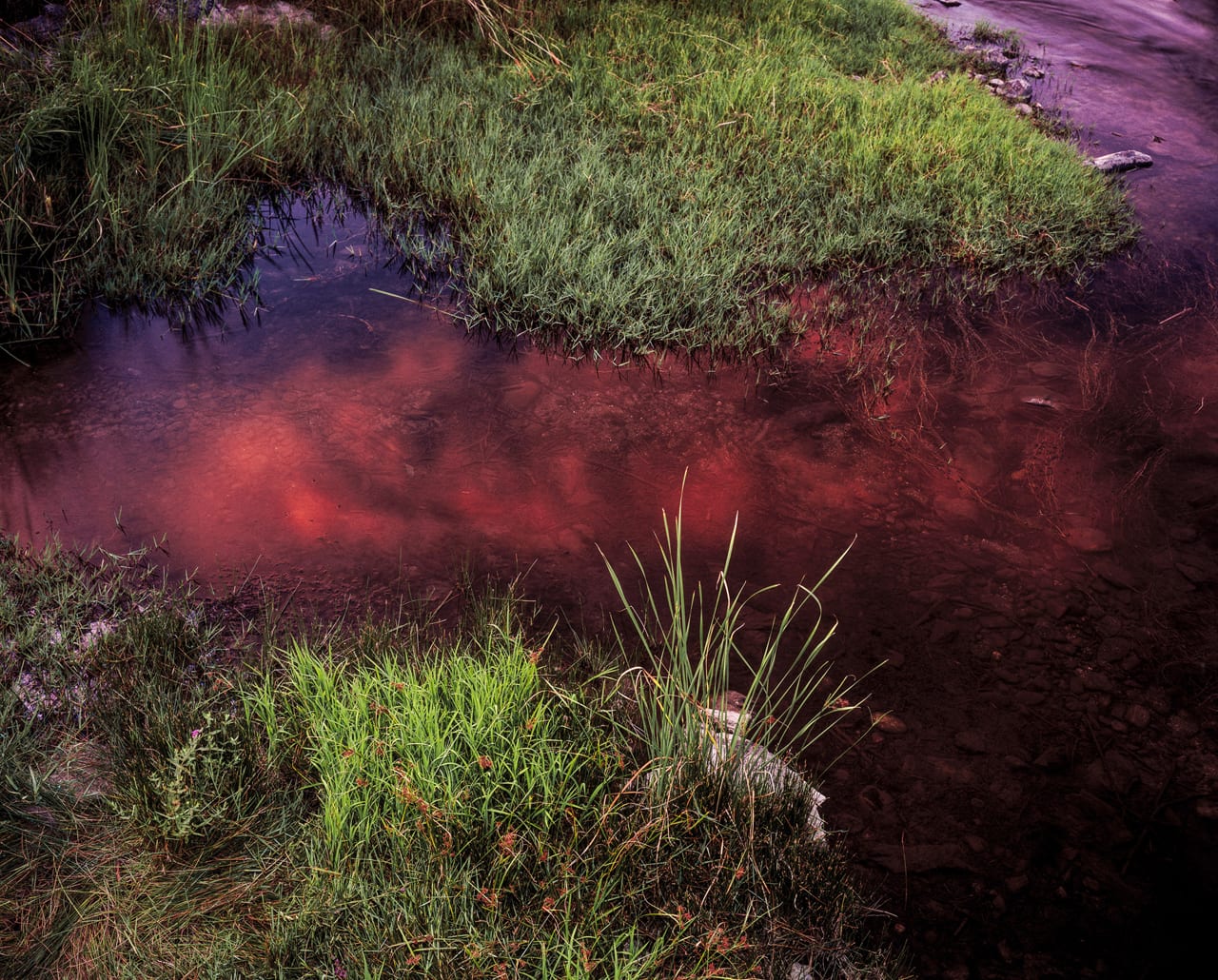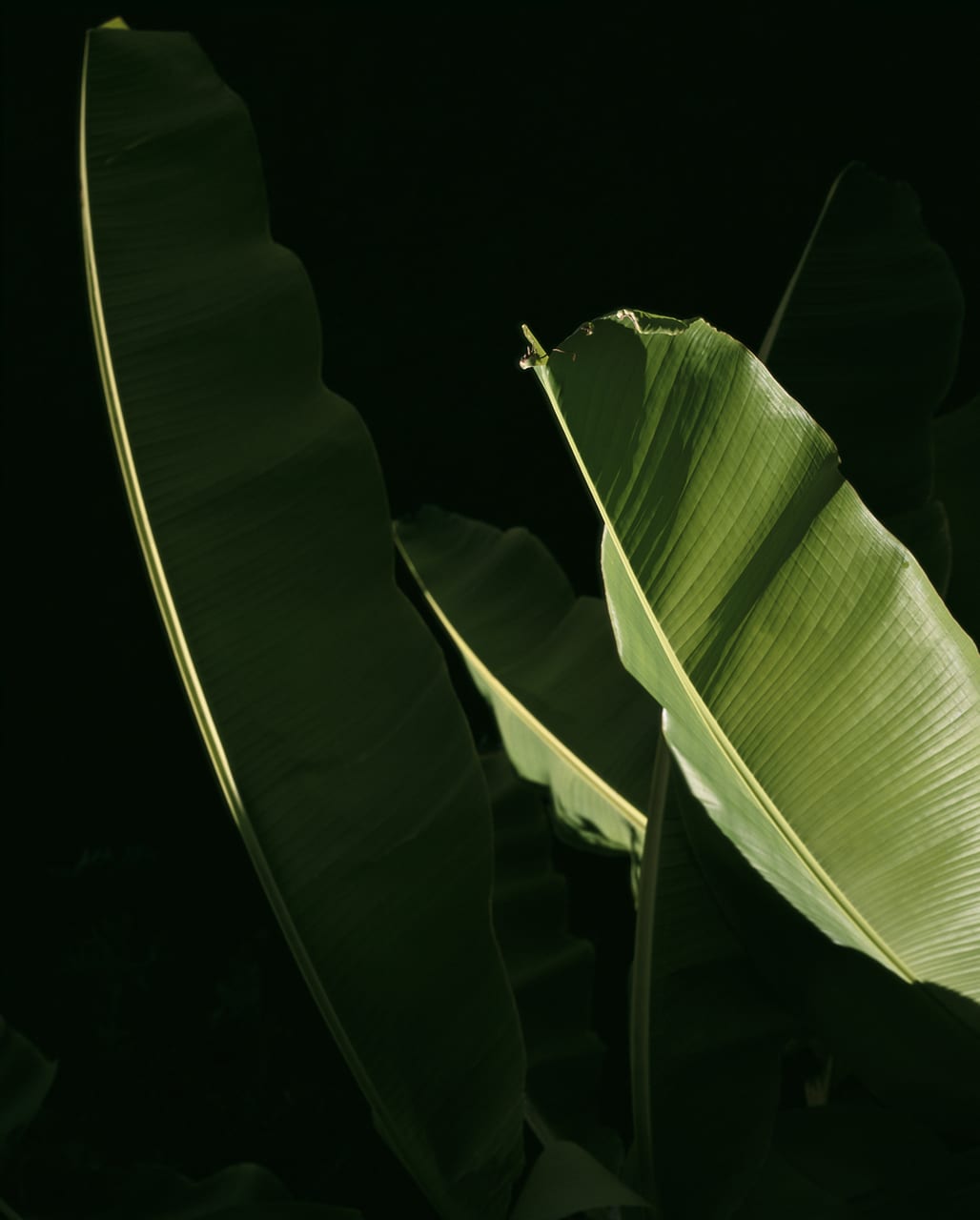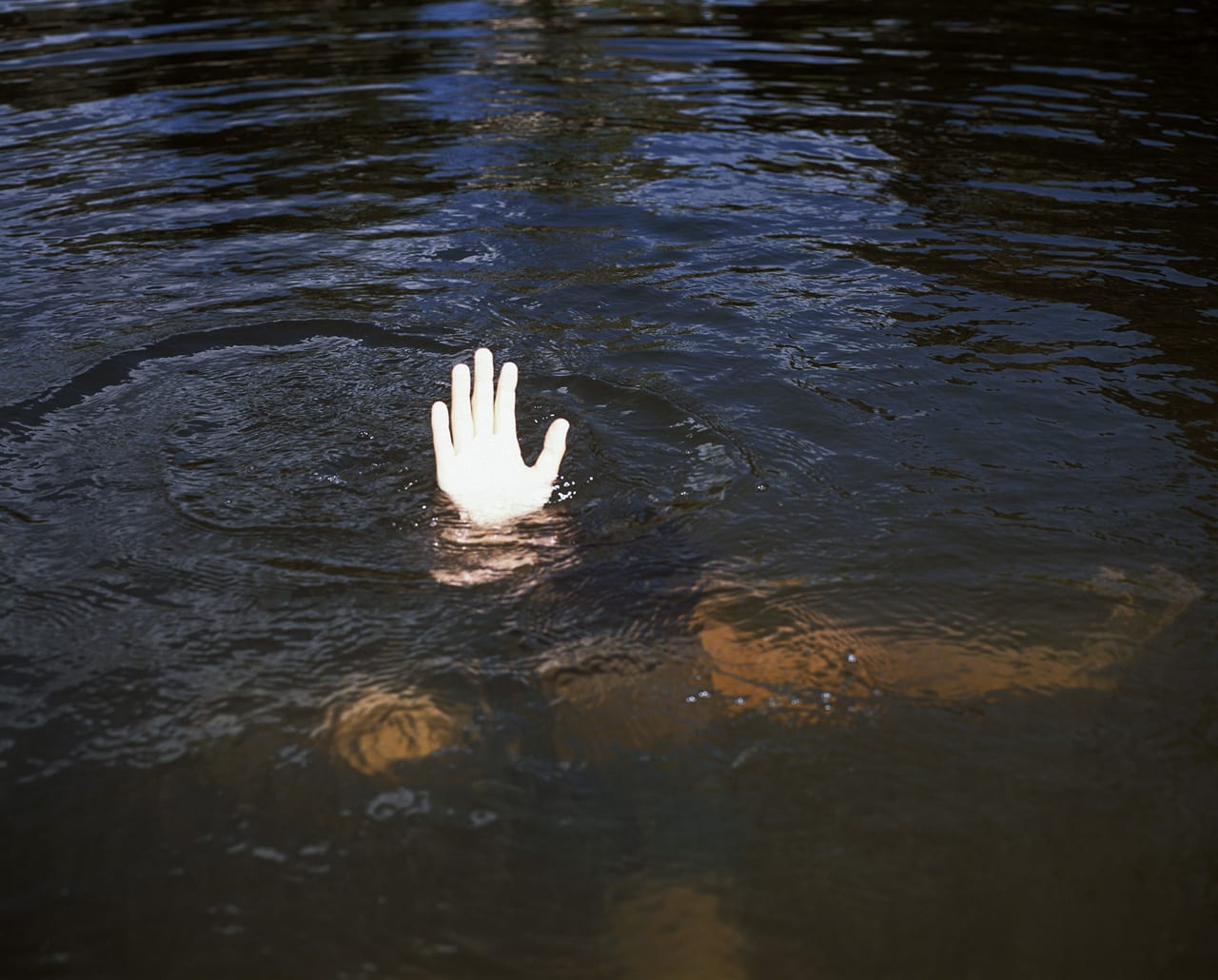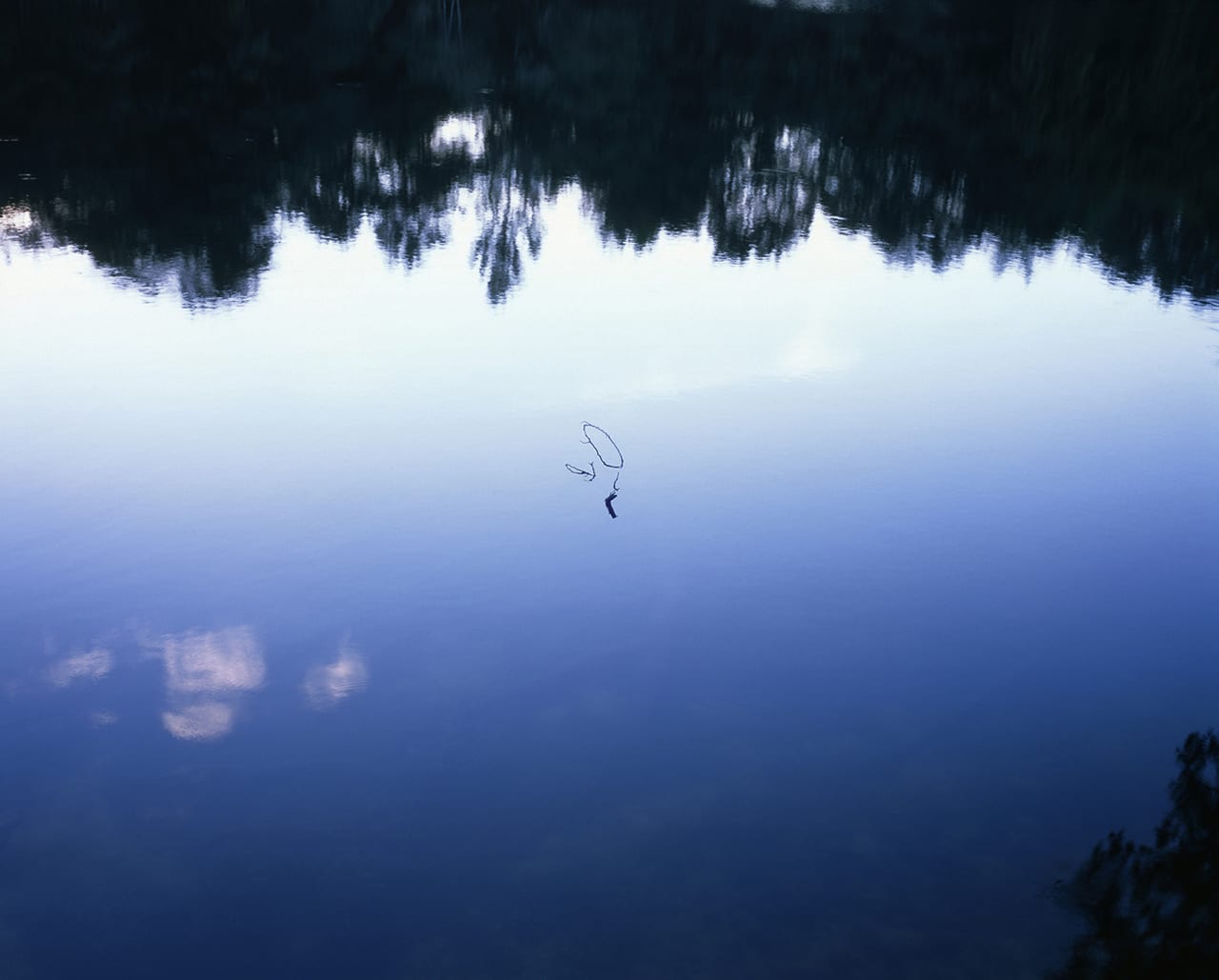Since childhood, the Portuguese landscape of Beira Interior has held a personal resonance for photographer Tito Mouraz. “I have a relationship and a past with this region,” he says. Encouraged by “a fusion of happy memories”, Mouraz began a new body of work named Fluvial, which focuses on the landscape and the people that come and go there.
Mouraz recalls taking photographs as a teenager using his parents’ old Zenit 35mm but, while the passion for photography was always there, it wasn’t until his final year of university that he began to take it more seriously.
For Fluvial, he returned to the familiar territory for six consecutive summers between 2011 and 2017. Described by Humberto Brito as an “ode to leisure”, the images blend fiction and reality, capturing meditative junctures by the water. “These are informal moments in the Portuguese society, predominantly migrants returning home from northern Europe for the summer holidays to join their families,” explains Mouraz.
“Although, my quest was not to document this phenomenon, it is part of the landscape,” he says. “There is in fact an equivalent relationship and treatment with human and non-human bodies, almost as if these people were part of the landscape, as if they were always there.”
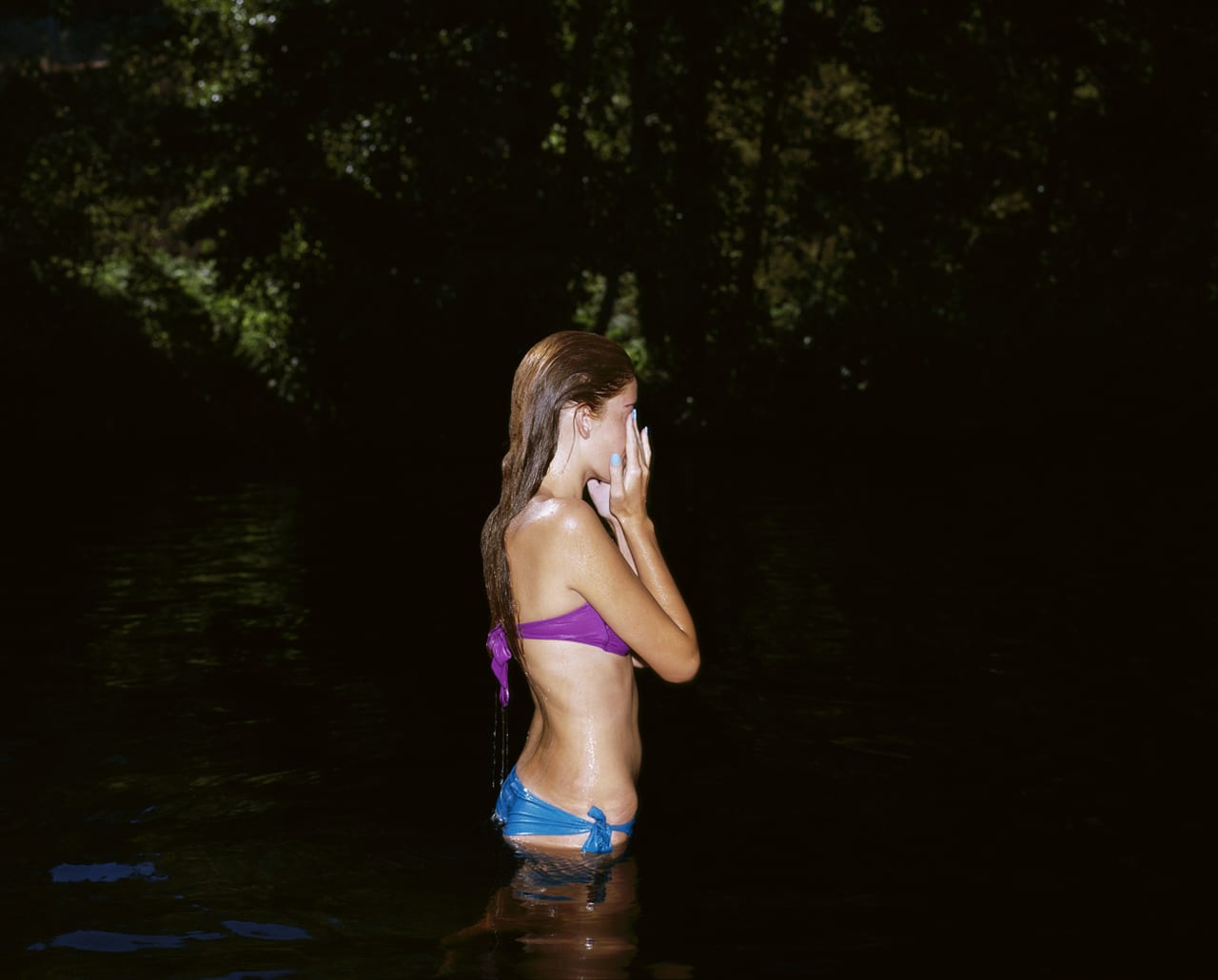
As we might expect, there are children, teenagers and exposed bodies – a tricky environment for photography. “I was always carrying a medium format camera, with a big flash and there was no way to go unnoticed,” says Mouraz. “Many were apprehensive and being an intruder, I ended up creating some discomfort at times; some of the best images were those I saw and did not photograph.”
But Mouraz is interested in interaction, adding that these experiences are “as enriching as the act of photography itself”. Sometimes, he would forge relationships with the people he met and end up photographing them in subsequent summers. “In this sense, I felt like a local or as if I belonged to a particular family by the way I was welcomed by some of them,” he says.
“Working on film allows me to be surprised by my own photographs,” says Mouraz. “In this specific case I use colour positive film, enabling me to create an unexpected palette with overloaded colours, where shadows are replaced by black. Emphasising the scenario through these games of light, colour and shadow often gives an idea of theatrical and magical staging, making the landscape itself my studio.”
Mouraz notes that he likes the idea of not forcing logical explanations, and instead invites the viewer to construct their own narratives. “I want to provoke a notion of strangeness, invoking the imagination a solitary and personal experience of emotions, just like mine when I made these photographs,” he says.
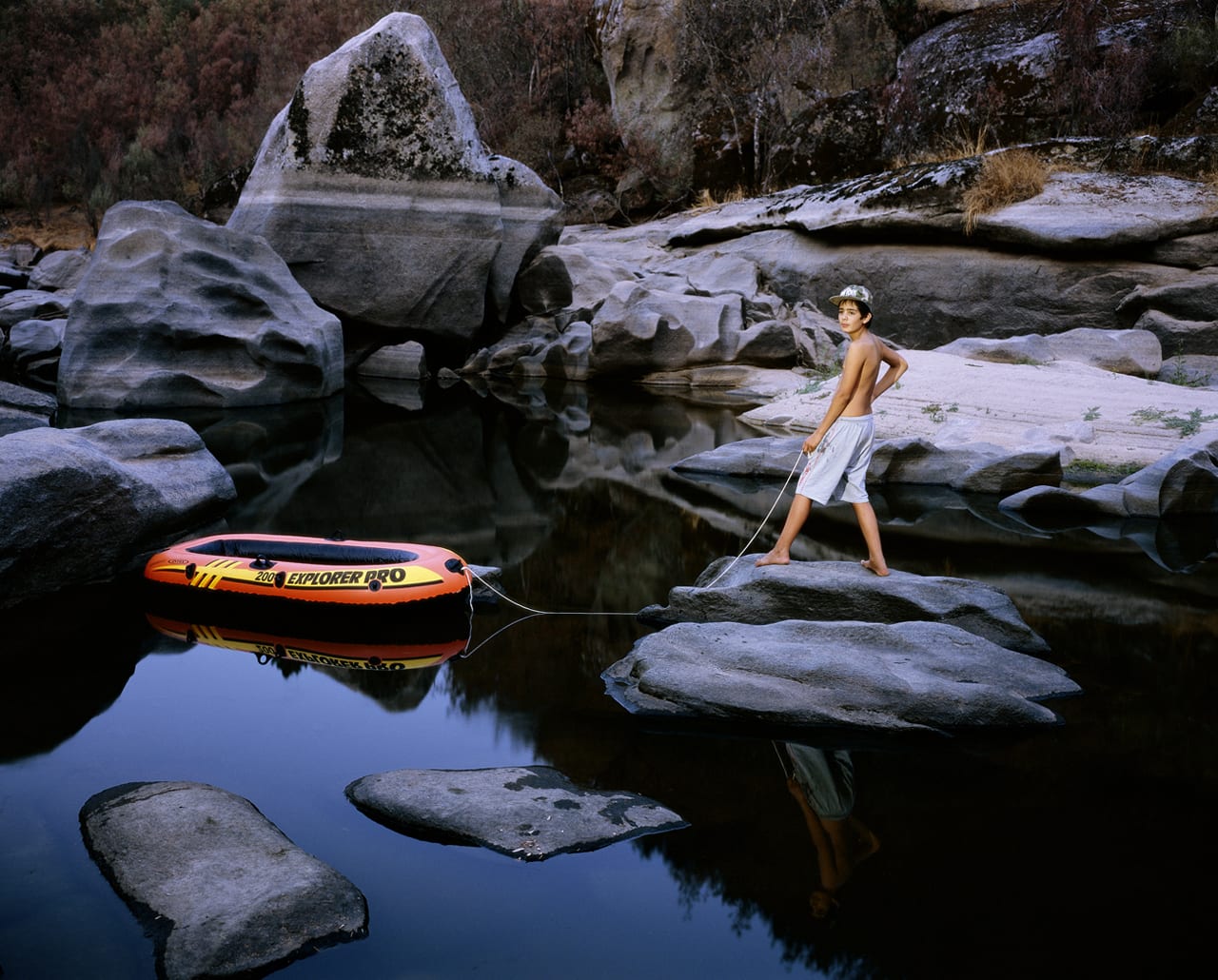
For Mouraz, his own narratives are etched into the land. “The photograph of the kid with the boat was taken very close to my parents’ house in the Mondego River,” he tells BJP. “It is not easily accessible and few people know about it. That boy could be me.”
Despite its familiarity, Mouraz says he was often surprised to see how the land had changed. “Last summer, my country, Portugal, suffered a tremendous drought without rain for months,” he says. “Most rivers dried up, or at least lost much of their water flow.
“This natural phenomenon revealed new visions of the river and a whole underworld that I did not know about. For me, it was a museum or an outdoor exhibition, where week after week new pieces appeared.”
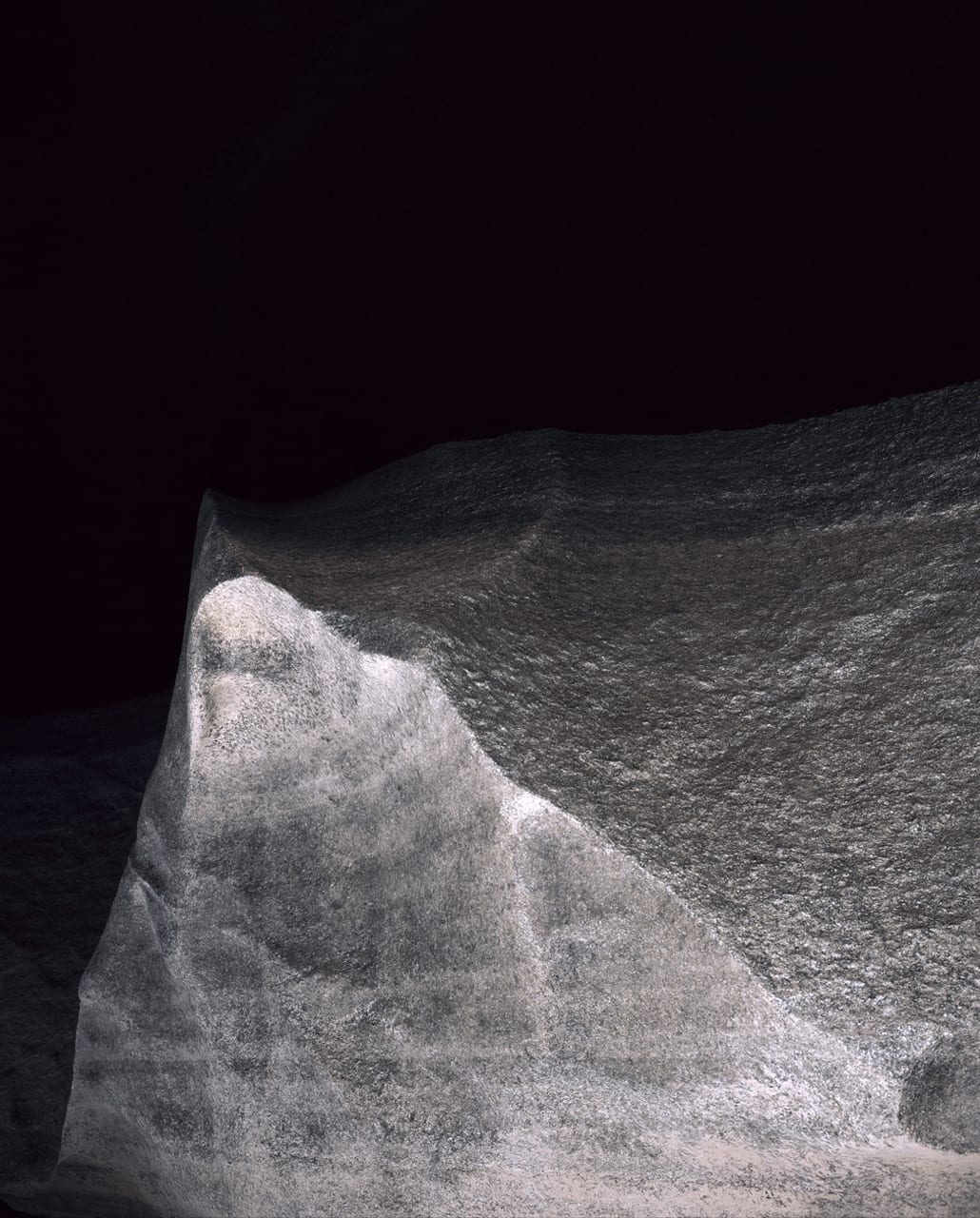
Mouraz also mentions the fires of 2017 that devastated large parts of the places he photographed in. “Portugal was the country most affected by it in Europe,” he says. “All my colours were substituted for black. Observing my photos, you may not have the perception that the summer of 2017 was an unhappy summer.”
In future, Mouraz hopes to make a book of the series, a format that he says offers something different to the viewer – allowing the work to be understood over time through multiple viewings. “The book also serves to close a chapter, to move forward,” he adds. “Sometimes it is difficult for me to put an end to a project; the book helps me make that decision.”
More of Tito Mouraz’s work can be found on his website titomouraz.com
